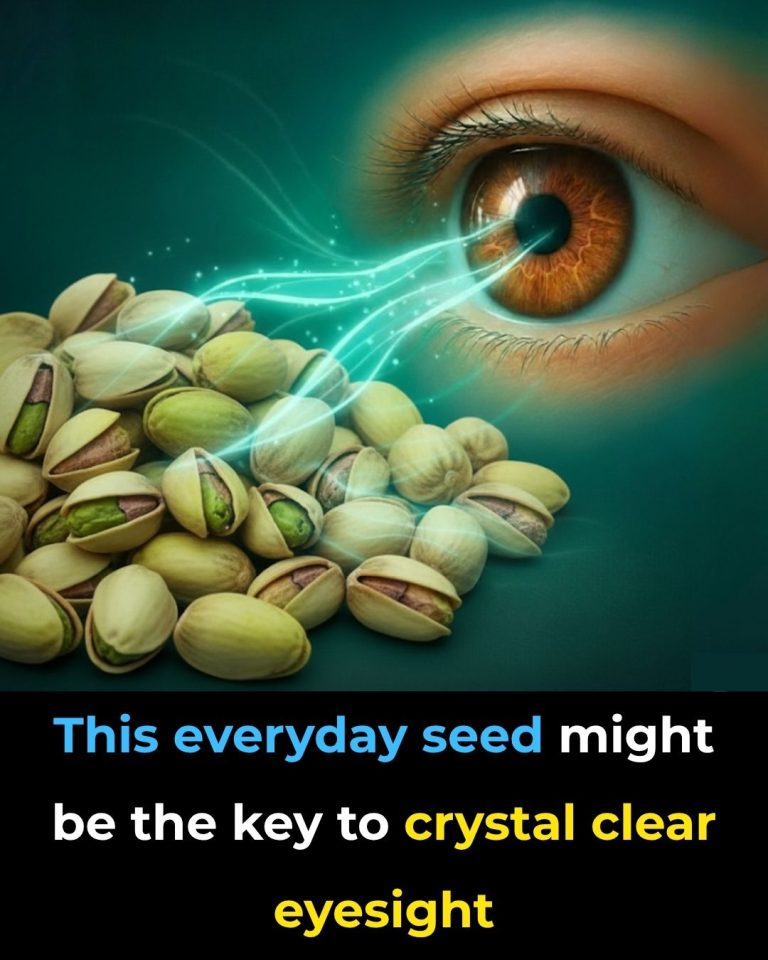ADVERTISEMENT
6. Pumpkin Seeds: The Zinc Powerhouse for Your Eyes
Next up: pumpkin seeds—those little green kernels many people discard or ignore. If your eyes feel dry at the end of the day or you find yourself needing brighter light to read, a deficiency in a key mineral might be to blame. That mineral is zinc—and pumpkin seeds deliver it abundantly.
Zinc acts like a taxi service for vitamin A: it helps transport vitamin A from your liver to your eye tissues. Without enough zinc, even a generous supply of vitamin A can’t get where it needs to go. Pumpkin seeds don’t just offer zinc; they come bundled with vitamin E and lutein, forming a synergistic trio that studies suggest can slow the progression of macular degeneration by up to 25%.
A few practical tips: always consume pumpkin seeds raw, since heat can degrade vitamin E and other antioxidants. Carry a small pouch of raw seeds for a midday snack or sprinkle them over salads. Chewing them properly helps crack the shell and release their goodness.
Consider cost-effectiveness: a month’s supply of zinc supplements might run you $20, whereas half a kilo of raw pumpkin seeds costs around $3 and delivers zinc along with companion nutrients—for less than ten cents per day. Moreover, slow wound healing or frequent infections can hint at zinc insufficiency, so these seeds also support your immune system in addition to your eyes.
⚠️ Warning: Processed Seed Products Can Backfire
A crucial caveat before going further: many commercial “healthy” items—cereal bars, muesli mixes, seeded crackers—pose hidden dangers to your eyes. They’re convenient, heavily marketed, and often tout seed content on the packaging. But a glance at the ingredients tells a different story: sugar, glucose syrup, or maltodextrin frequently appear among the first ingredients, while seeds are listed way down below. A single “healthy snack bar” may contain 30 g of sugar and just 2 g of seeds.
That sugar bomb floods your bloodstream, causing a rapid glucose spike. Without enough fiber or gel-forming agents to slow absorption, glycation assaults your lens proteins, ushering in cataracts. Meanwhile, tiny retinal blood vessels become fragile and leaky. By contrast, a modest serving of raw chia or flax, properly prepared, blunts sugar surges and protects those same capillaries. One feeds damage; the other fights it.
Always read ingredients carefully. If sugar or its derivatives appear among the first three ingredients—or if seeds appear at the end—don’t fall for the marketing. If a product claims “instant energy,” it’s promising a glucose spike, not true nourishment. The food industry has mastered using seeds as marketing lures to sell processed sugar.
🌱 5. Chia Seeds: A Dual Shield for Retina and Blood Sugar
Chia seeds offer a rare double benefit: stabilizing dangerous glucose spikes and helping to rebuild delicate structures in your retina. Their secret? Alpha‑linolenic acid (ALA), a plant-based omega‑3 fatty acid. Your body converts ALA into DHA, which is a key structural fat in the membranes of your photoreceptor cells. Without sufficient DHA, these cells grow stiff, less responsive, and more prone to damage—degrading your sharpest vision.
What makes chia truly distinctive is their gelling ability. When hydrated, they absorb up to twelve times their weight in water, forming a transparent gel. This gel coats and slows the digestion of carbohydrates (like bread or fruit), ensuring sugar is released steadily rather than in a spike. That protects the microscopic capillaries nourishing your retina from glycation damage. In addition, the gel retains water and releases it gradually, helping to internally hydrate ocular tissues and reduce dryness.
Important: you must “activate” chia with liquid. Dry chia passes through your system mostly inert. To activate, mix a tablespoon with water (or plant milk) and allow it to sit for at least 20 minutes, or preferably overnight, until a gel forms. Consuming that gel delivers about 13 cents worth of protective nutrients per day (depending on local pricing), supporting both retinal repair and vascular protection. Many users also report improved digestion, better satiety, and more radiant skin.
ADVERTISEMENT
